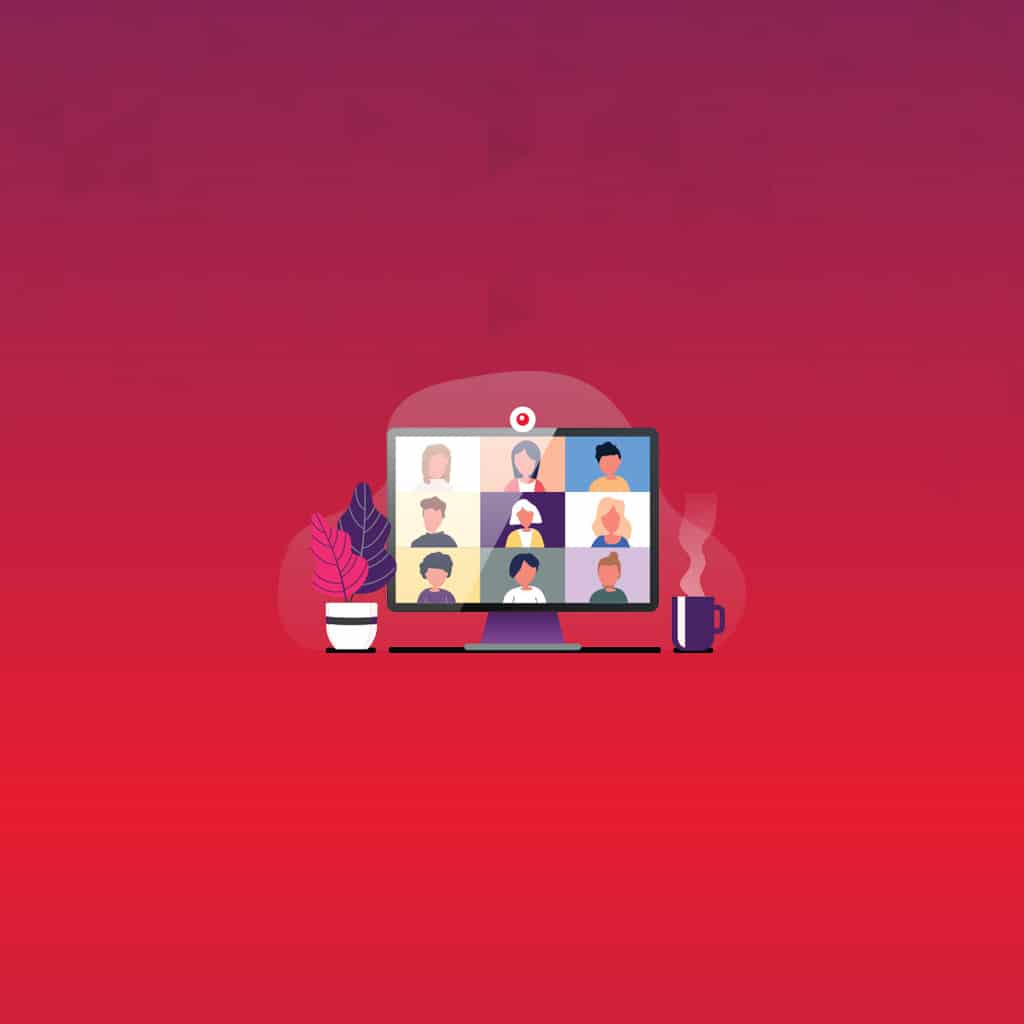
4 Essential Technologies for Improving Remote Work
The value of remote work became clear as a health emergency spanned the globe. And it’s a fair bet that work-from-home scenarios will remain popular long after the pandemic of 2020.
A smart response to an expanding remote workforce is to remain attuned to the human challenges: Preserving social interactions, shoring up productivity and adapting quickly to changing needs. Getting all these things right leverages the flexibility of remote work while nurturing the human relationships that form the core of working for a living.
Therefore, IT departments supporting more remote workers should be thinking about nurturing people’s ability to be social, productive and adaptive.
In years past, supporting remote workers required a patchwork of applications and technologies that were difficult to implement, support and manage. Lately, however, innovations in four core technologies are making life easier for remote workers and IT teams alike.
Mobility Management
Large companies may have thousands of remote employees using phones, tablets, PCs and purpose-built devices — and apps spanning multiple operating systems installed on all of them. Managed mobile services have emerged to help companies ride herd on their massive fleets of mobile devices and applications.
Managed-mobility providers offer depot services and specialize in overseeing devices, system infrastructure and financial issues. These companies also provide service and support desks to ensure users get productive responses to issues that crop up.
Monitoring Services
The emerging field of mobile experience management (MEM) is helping organizations optimize the user experiences of their remote teams. Because every user generally customizes their work experience, they create a massive need to standardize and organize things behind the scenes.
MEM works by monitoring the data flowing to and from devices and software, then applying algorithms and automation that make it much easier to diagnose problems and ease the strain on mobile device support teams. Artificial intelligence and machine language can help these tools self-diagnose and self-heal problems in remote devices, improving worker productivity.
Productivity Services
Industry mainstays like Microsoft Office 365 and newcomers like Zoom and Slack play central roles in the productivity of remote workers. Moreover, technologies like virtual desktop infrastructure (VDI) and low-code apps can help companies better support remote workers.
The challenge is getting all these tools to work in unison across the remote workforce’s disparate devices and applications. Security gaps must be patched and upgrades must be implemented. Many companies offer dedicated productivity services to simplify, manage and support these tools and, ideally, integrate them into a cohesive worker experience.
Conversational Care
If you rapidly turn 1,000 office workers into remote workers, the demands on your IT support team will surge. Applications crash, devices get lost or damaged, and remote teams feel unique work-at-home frustrations.
Conversational AI in the form of chatbot systems can quickly ease the workload on your support team, answering easy questions and handing off tougher ones to real people. The data gleaned from these interactions helps the bots get smarter over time, thanks to pattern-matching learning algorithms. Over time, you can develop intelligent virtual agents (IVAs) that automate more sophisticated user-support challenges.
Starting from a Position of Caring
Neither distance nor separation should thwart our natural human urge to socialize, create things and adapt to a changing world. At DMI, our commitment to human-centered system design and computing reflects this principle. Before we implement tools or recommend technologies, we take the time required to understand the full scope of the human problems our clients need solved.
Yes, it takes skill, experience and strategic insight to preserve the human component of remote work. But it also takes something more: simply caring about the people using the technologies we deploy. Nothing can replace that human connection.
— Michael Deittrick, senior vice president digital strategy, chief digital officer